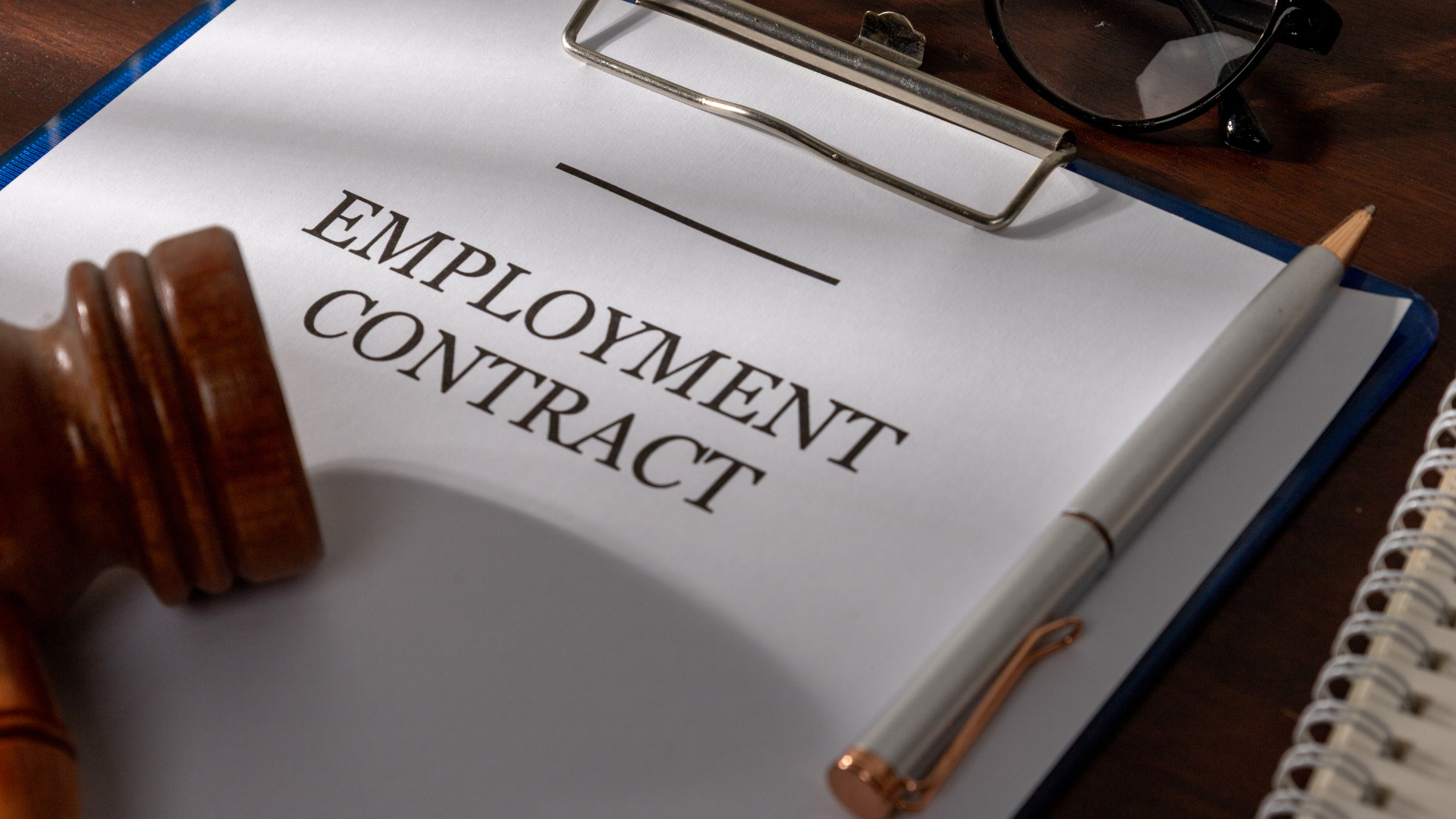How to Present Yourself for an Interview
Yash Sharan • July 1, 2019

“Your first impression has a lasting effect.” We have heard this spoken since the day we started to dress ourselves. How you present yourself for the first time is remembered for the rest of your relationship with the person.
“Dress for Success, Going Places, Going Strong “
We always put in the extra effort to look good when we go out for a that “special dinner”. “Dress to impress” or “knock-‘em-dead.” We should apply the same attitude when we are attending an interview.
How you dress and carry yourself leaves a vital first impression with your potential employer. Its always recommended that you dress professionally, regardless of the culture or environment, for the first interview. It shows that you’ve put in that extra effort and the role is important to you.
Even if the dress code for the position is casual, it’s best to dress smartly. It’s always better to be over dressed, than under dressed.
- Keeping accessories to a minimum
- Not overdoing the makeup
- Keeping the use of perfumes and aftershave to a discreet level
- Always having some mints at hand before you enter the building
- Wearing polished dress shoes
- Avoid bold colours
- If wearing a suit, make sure it’s coordinated
- Making sure that you’re well groomed
- Making sure your phone is on silent and put away – and then check it again!
“Dress for the job you want, not the job you have”
Make it a rule to have your clothes ready the night before so that you’re comfortable and everything fits well. If you’re travelling to an interview from your current job which is a casual dress, keep a change in the car. Make sure you’re wearing appropriate shoes, some job seekers have arrived in jeans and sneakers with an excuse “sorry I was at work.” You risk losing your advantage of the first impression and it’s more than likely, if the person arriving after you is well presented, then they will, of course, leave a more favourable first impression.
If your clothes need to be dry cleaned, ensure you leave yourself enough time to have them cleaned and returned before your next interview.
While it may be acceptable to dress more casually for a second interview, you should still be dressed professionally. This demonstrates respect for yourself, the interviewer, and the hiring organisation. You may not have to dress like this every day, but you are more likely to be taken seriously when you present yourself in a professional manner and you have demonstrated an attention to detail.
Grow your career and team
Get in touch with Frog Recruitment
Auckland I
Wellington
In business since 2002 in New Zealand, Frog Recruitment is an award-winning recruitment agency with people at our heart. Located across Auckland and Wellington, we specialise in accounting and finance, business support, education, executive, government, HR, legal, marketing and digital, property, sales, supply chain, and technology sectors. As the proud recipients of the 2024 RCSA Excellence in Candidate Care Award, we are dedicated to helping businesses achieve success through a people-first approach.







